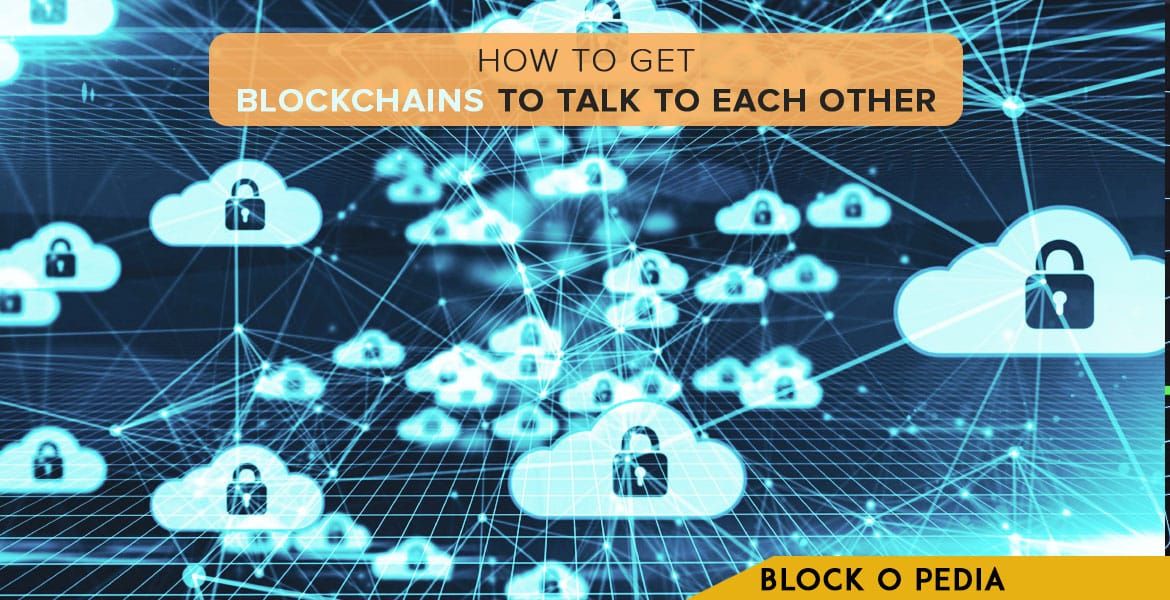As new blockchain and other distributed ledger systems are coming

As new blockchain and other distributed ledger systems are coming up, there are assumptions being made that they will open the door to a new global financial system that works like the internet, except instead of moving around little packets of information, they’ll move money. But the only problem is that at the moment, blockchains don’t talk to each other.
All these blockchains keep multiplying, but they aren’t really being organized in some umbrella system. Thomas Hardjono of MIT’s connection science program says that this scene is similar to the pre-internet days of the 1960s and 1970s when there were several separate and unrelated technical approaches to constructing computer networks. Like then, he says, the key to making this work is to discover a way to make these individual systems work together.
The protocol suite that we see today, which includes the transmission control protocol (TCP) and the internet protocol (IP) and is the bedrock of today’s internet, has an interesting history. Its origin can be traced back to the 1970s and 1980s, when a combination of academic and US military research led to the construction of a common infrastructure that allowed individual networks to share resources, especially in the event that one of the networks was attacked.
As different nations are considering launching their own cryptocurrencies, Hardjono says there is the potential to introduce “risk and technical liabilities into your economic system.” If blockchain systems work together by responding to an attack by transferring its crypto-assets and other functions to a differently distributed ledger, that might come handy in avoiding a crisis.
Hardjono and two colleagues at MIT argue in a new paper that today’s blockchain developers should ideally look to the past, especially to this concept from the internet protocol suite called the datagram, which is a common unit of information that can move across different networks. “Every network that sees it knows how to parse it and knows how to forward it,” Hardjono says. This could essentially connect different blockchain systems together. “What is the datagram equivalent for blockchain systems?”
To answer that question, a startup called Aion is developing what it calls a “token bridge” that will let holders of Ethereum-based tokens back up their assets on another blockchain—initially, one built and run by Aion—without duplicating the actual monetary supply, says Matthew Spoke, the company’s founder.
The process relies on a group of computers, also known as nodes, that have the ability to recognize valid transactions and write new ones to each chain, Spoke says. The nodes that form the bridge will also have a process for arriving at a consensus amongst themselves and deciding whether to respond to a certain transaction on one of the chains by executing a corresponding one on the other.
This could be a revolutionary new way to bring different systems together and work towards a higher order.
